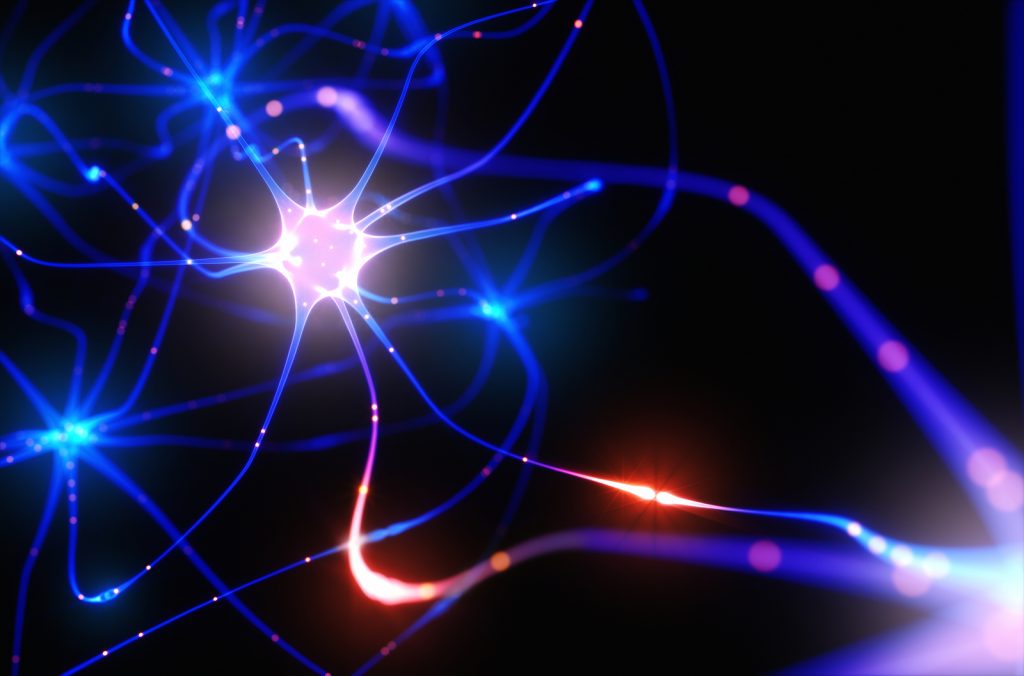As February is international Heart Month, led in the United Kingdom by The British Heart Foundation (BHF) who are encouraging everyone to make small changes towards a healthier lifestyle, we thought we would devote a number of new articles to explore medical science’s advances in understanding this vital organ. Forest Medical, like all other companies working in the Medical Device Testing industry, are committed to ensuring that prognosis of specific health conditions (especially those linked to the heart) are diagnosed quickly and accurately. That is why we offer free technical support to ensure your medical diagnostic equipment is checked and maintained to the highest standards by a company that holds the ISO 9001:2008 award.
In this article, we shall be outlining a fascinating study which links the heart and the brain, indicating an individuals state of consciousness. Read on for more information.
Investigating the synergy connecting the brain and heart
How do you know if a patient is conscious while incapable of communicating? As reported by a recent study involving 127 subjects between the ages of 17 to 80 years, the change in a heartbeat in acknowledgement to audible stimulants is a genuine indication of the status of awareness. Research scientist Jacobo Sitt, and his team located at the Institute of Brain and Spinal Cord in Pitié-Salpêtrière Hospital, recently published these exciting findings in a report for Annals of Neurology. The significant benefit is that this easy to operate examination is complementary to current analyses and allows a more accurate predictive determination; thus, massively beneficial for clinical physicians and families.

The study of disorders linked to consciousness aims to schematically distinguish the difference between an individual being in a “vegetative state,” whereby the victim is awake but not conscious, and the state of minimum consciousness; which corresponds to a deficient range of ~awareness. Distinguishing these two cases is essential to discover a prediction on the neurological fate of the patient, to inform relatives and thus implement a suitable treatment.
Cognitive Processes
All medical device testing and instrumentation produced so far to determine the level of awareness, such as an electroencephalogram (EEG), functional MRI or PET scan, are focused on brain analysis; and thus, require powerful medical instrumentation and complicated diagnostics.
Earlier inquiries have shown that the “unconscious” mechanisms of the neuro-vegetative operation, such as respiration and pulse, can be adjusted by a conscious cognitive process. The awareness of outside sensory input, for example, hearing a sound could result in effects on cardiac motion, and more so if the subject is conscious.
Through analysing data from one hundred and twenty-seven individuals in a vegetative or minimally conscious state, the researchers found that auditory stimulation efficiently modulated cardiac cycles exclusively for aware or minimal conscious subjects; additionally, end-results were complementary to the sequences obtained in EEG medical device testing. The combination of these two tests (cardiac test and EEG) improves the prediction performance of a patient’s state-of-consciousness.

The State Of Consciousness
The test consists of listening to sound sequences that are initially repetitive then presenting rare and random fluctuations. Throughout specific disturbances, the researchers determine if the rhythm of the heart beats is modified, resulting in an awareness of the surrounding noises.
Specific findings expedite a fresh perspective on holistic approaches to assessing patients’ cognisance. Researchers now hope to continue the framework to other modulated physiological signals; through known mechanisms such as respiration and dilation of the pupils to produce a succinct method to assess the patient’s state of consciousness better.

